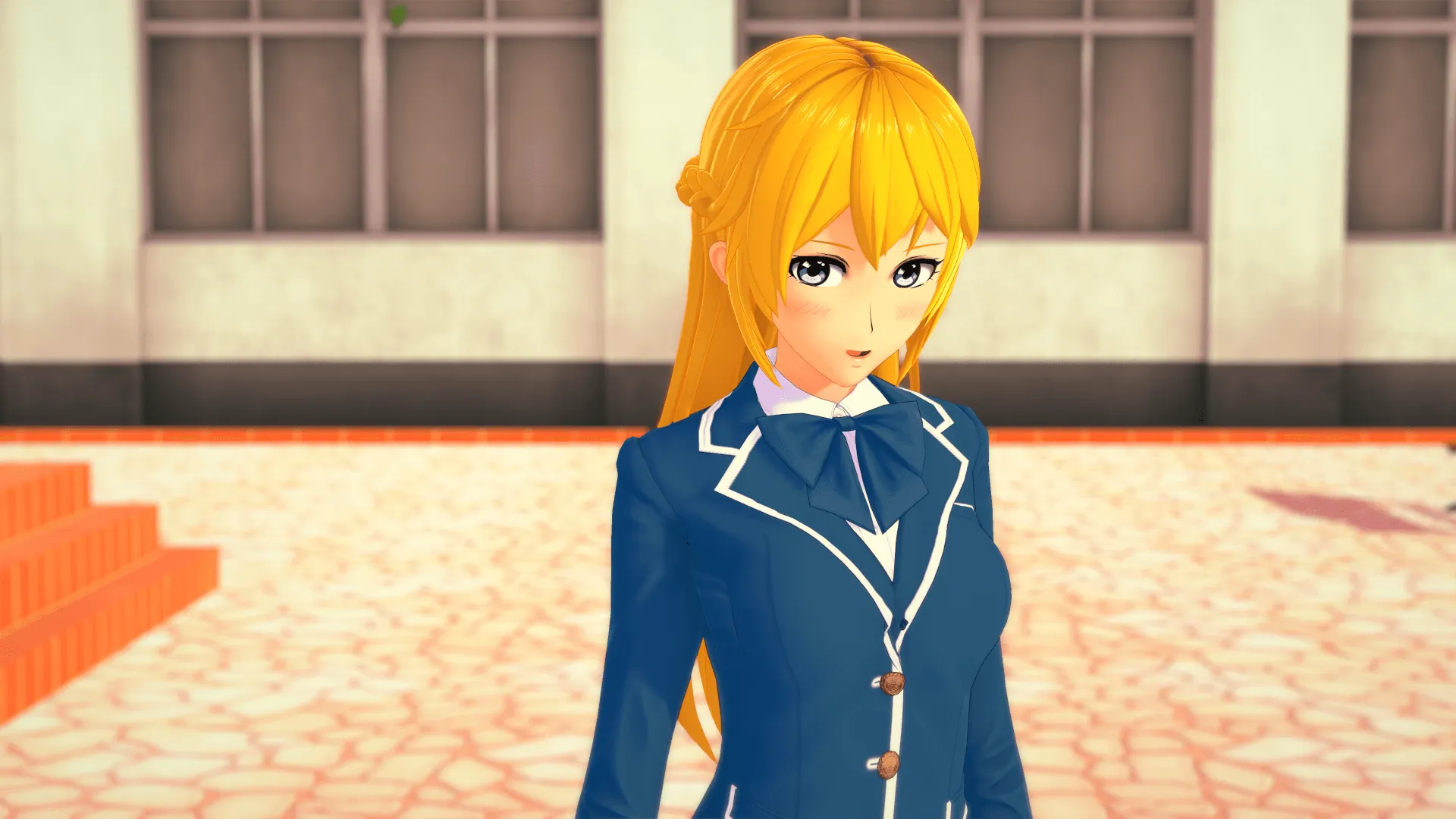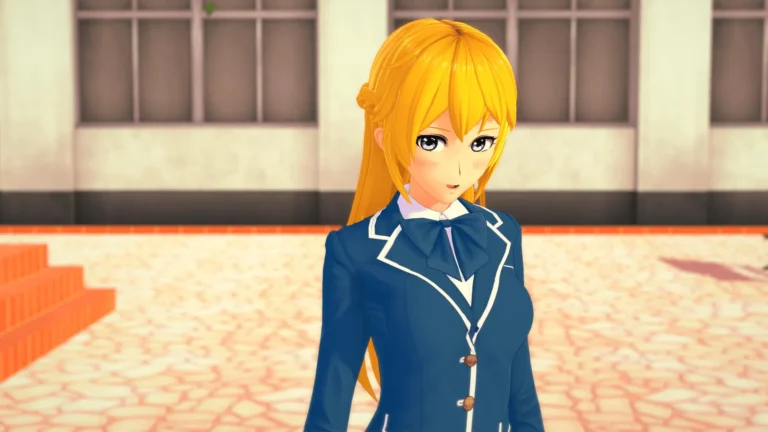
My Time with You
Play My Time with You
My Time with You review
How narrative design and player agency redefine adult gaming experiences
When I first launched My Time with You, I expected typical adult game tropes. What I found instead was a masterclass in character-driven storytelling that uses mature themes as narrative tools rather than crutches. This hidden gem combines branching dialogues with emotional depth, creating an experience that stays with players long after credits roll. Let’s unpack what makes this title stand out in crowded digital shelves.
Crafting Meaningful Connections Through Gameplay
Ever tried building a real connection in a game and felt like you were just clicking through a grocery list of dialogue options? 😤 My Time with You throws that robotic approach out the window, making every conversation feel like walking a tightrope between vulnerability and self-preservation. This isn’t about picking the “right” answer—it’s about learning to read the room, quite literally.
Let me paint you a picture: During a late-night playtest, I botched a crucial moment with the game’s artist character by rushing through their emotional confession. The screen didn’t flash “GAME OVER,” but the subtle shift in their body language—averted eyes, clipped responses—hit harder than any failure screen. That’s when I realized: interactive relationship building here isn’t a checkbox system. It’s a dance.
Dialogue Systems That Reward Emotional Intelligence
Imagine a rhythm game where the beats are someone’s emotional cues. 🎵 The trust-building dialogue minigame uses timed responses that force you to listen instead of speed-read. During tense exchanges, a shrinking circle pulses like a heartbeat—hesitate too long, and you’ll seem distant; answer too fast, and you’ll look insincere.
Pro Tip: Treat conversations like jazz improv. Sometimes the most powerful response is letting the silence linger.
Take the 14 Days With You demo’s approach to awkward first dates, but crank up the stakes. One wrong move in My Time with You doesn’t just lock you out of romance—it can permanently alter how characters perceive you in group settings. I once accidentally turned a love interest into a workplace rival because I prioritized flirty banter over supporting their career ambitions during a team project. 💼
Branching Paths and Consequence Dynamics
Most games treat choices like grenades—big explosions with obvious fallout. This? It’s more like tossing a stone into a pond and watching ripples collide in ways you never anticipated. 🌊 The branching narrative paths here aren’t just “nice” or “jerk” routes. They’re messy, overlapping timelines where yesterday’s casual joke becomes tomorrow’s emotional landmine.
| Game | Choice Impact | Consequence Visibility |
|---|---|---|
| My Time with You | Butterfly effect across relationships | Subtle behavioral shifts |
| 14 Days With You | Scene-specific outcomes | Immediate feedback |
| Katawa Shoujo | Route branching | Clear path indicators |
Notice how My Time with You leans into emotional consequence systems that don’t hold your hand? Characters remember everything. During a second playthrough, I discovered that forgetting a side character’s coffee order in Chapter 2 meant they refused to cover my shift in Chapter 7—a brutal lesson in everyday kindness.
Balancing Intimacy with Narrative Purpose
Let’s address the elephant in the room: adult visual novel mechanics often feel either clinical or gratuitous. Here’s where My Time with You borrows Katawa Shoujo’s playbook—using mature content as emotional punctuation, not the main event. 🔞 The optional intimacy scenes aren’t rewards; they’re narrative crossroads that test whether you’ve built genuine trust versus just ticking romance boxes.
The memory journal mechanic is your gut-check diary. Flip through sketched moments of late-night talks or heated arguments, each tagged with emotional metadata:
- “7/12 – 2:37 AM – Vulnerability Index: 82%”
- “You laughed at their fear of thunderstorms. Now they hide anxiety behind humor.”
This isn’t just nostalgia bait—it’s a mirror showing how your choices reshape someone’s worldview. 🪞 And that cosmetic customization feature? It’s shockingly relevant. Swap out your punk leather jacket for office attire before meeting a conservative parent, and watch dialogue options shift from defensive to conciliatory. One tester even reported unlocking an entire subplot about class differences just by changing their hairstyle! 💇
Here’s the kicker: My Time with You doesn’t want you to “win” relationships. It wants you to fail better. Those 3 AM panic moments when you’re mentally replaying conversations? That’s the point. The game holds up a disorienting funhouse mirror to how we fumble toward connection in real life—awkward pauses, misunderstood texts, and all.
So next time you sit down to play, ask yourself: Am I here to collect endings like trophies… or to finally listen? 🎧
My Time with You demonstrates how adult themes can service deeper storytelling when handled with care. By prioritizing character authenticity over shock value and giving players meaningful agency, it sets a new standard for mature interactive narratives. For developers and players alike, this title offers valuable lessons in emotional game design – I challenge you to experience its nuances firsthand and reconsider what ‘adult gaming’ can truly achieve.




























